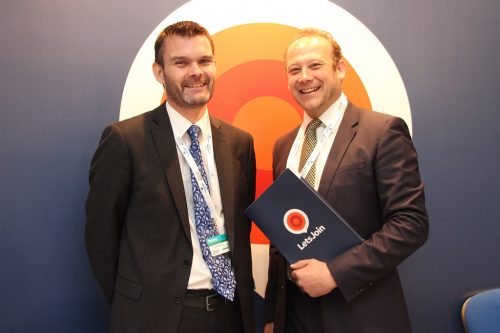
LetsJoin’s data collection services are billed by Sam Glover, Director at LetsJoin, as being “revolutionary.” Dominic Ward caught up with Sam to find out more.
Established in 2013, LetsJoin offers operators an all-encompassing media solution, improving passenger experience, the company says.
With an office next to Paddington Station in London, and another in Edinburgh, the company prides itself on its unique data collection and analytics services, allowing operators to get a detailed breakdown of bus passengers and their habits, as well as allowing for targeted ad placement as an additional revenue stream.
I caught up with LetsJoin’s Director, Sam Glover, to find out more about their On-board Data Analytic Network, or ODAN for short.[…]
By subscribing you will benefit from:
- Operator & Supplier Profiles
- Face-to-Face Interviews
- Lastest News
- Test Drives and Reviews
- Legal Updates
- Route Focus
- Industry Insider Opinions
- Passenger Perspective
- Vehicle Launches
- and much more!


